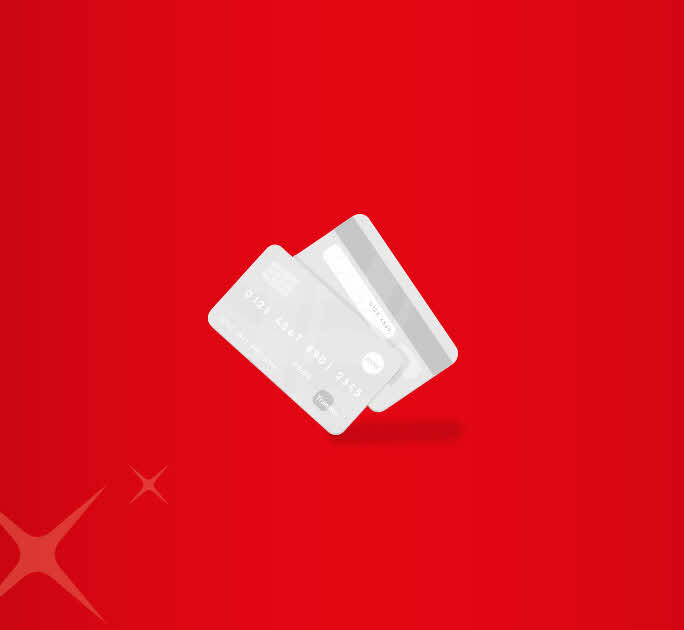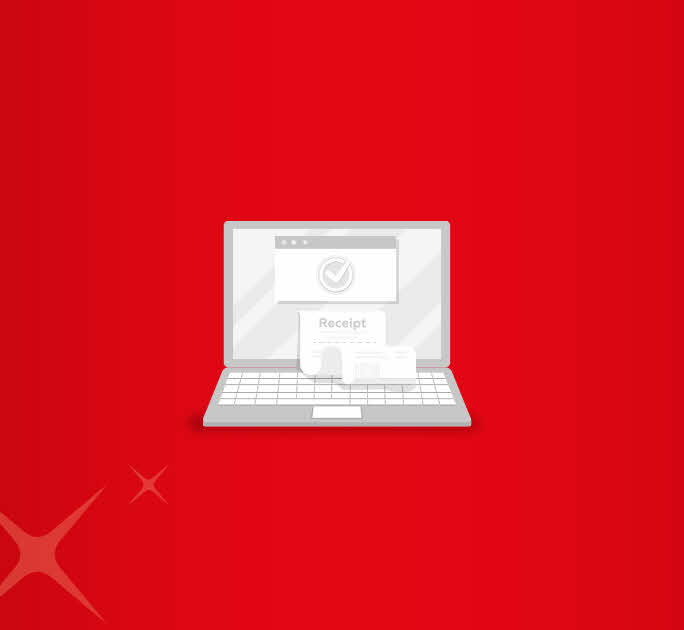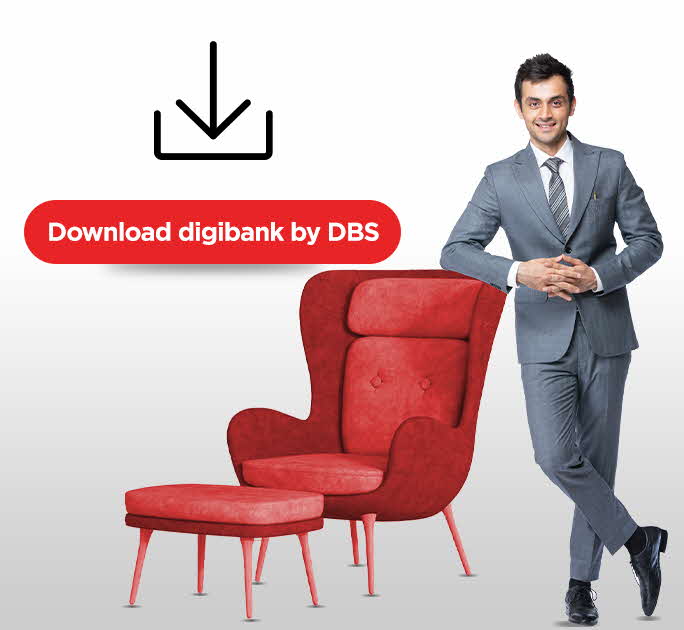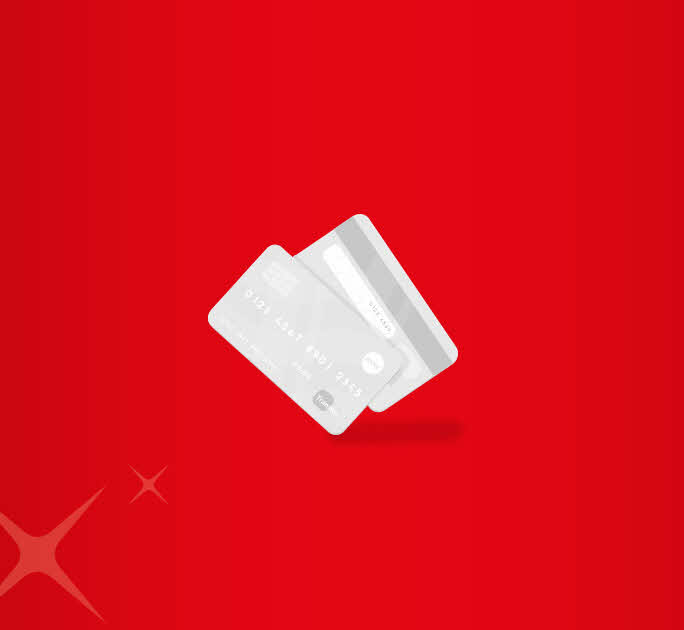- Save
- Invest
- Borrow
- Pay
- More
- Customer Services

What Is Contactless Debit Card?
A brief guide on contactless NFC debit cards.
Key Takeaways
- Contactless debit cards are also known as Wi-Fi debit cards.
- They work on RFID or NFC technology.
- You can make payments without swiping the card.
- You can recognise the card with the Wi-Fi symbol embossed on it.
- Contactless debit cards enable secure and speedy payments.
There is no doubt that debit cards make banking easy. Sleek and easy to carry, these cards help you make payments when you are short of cash. You can also withdraw funds from your Bank Account at any time with the help of your ATM-cum-debit cards. With evolutions in the banking industry, the modern debit card is the updated version of the standard card with a magnetic strip. Yes, today, banks provide contactless debit cards. Here is all you need to know about them.
What is Contactless Debit Card?
A contactless debit card is a card encrypted with Radio Frequency Identification (RFID) or Near-field communication (NFC) technology. Also known as the NFC debit card, it is the latest development in secure payments technology, which allows debit cardholders to pay for their transactions without physically handing over the card to the payee.
How Does the Contactless Debit Card Work?
The RFID technology in contactless debit cards allows the card to communicate with a card reader when the payer or payee holds the card near the card reader for a transaction. The card typically comes with an EMV (Europay, MasterCard, and Visa) chip with the usual details such as the card number, expiration date, CVV, signature strip and magnetic strip.
When you hold the contactless card against the card reader or payment machine, the card authenticates your card information securely. At this point, the point-of-sale system or retail merchant sends your transaction details to the card-issuing bank, which analyses the transaction and approves it.
While these steps may seem complicated, it takes less than a minute to complete the entire transaction.
Making Payments with Contactless Debit Cards
Essentially, the contactless debit card allows you to make payments without having to swipe the card at retail and other PoS platforms. You can complete transactions securely by holding the card or tapping it on contactless-enabled card readers. The card reader encrypts the card details, the payee enters the amount due, and the payment is completed in seconds.
Recognising Contactless Card and Transaction Rules
Recognising a contactless debit card is easy. All contactless cards contain the Wi-Fi symbol either on the front of the card, under the bank name or card type (Visa, Master, etc.), or on the flip side, near the magnetic strip. The contactless symbol is represented by four curved lines, increasing in size as they move from left to right. This symbol is perhaps why many banks also refer to the contactless card as the Wi-Fi debit card.
Most banks allow contactless payments without entering the secret PIN for transactions up to INR 2,000. In case of transactions exceeding INR 2,000, you must authenticate them by entering the PIN.
Final Note
Now that you know what is contactless debit card you can request your bank for one. Alternatively, your bank may automatically assign a contactless card when your current card expires. Incredibly convenient and secure, the NFC debit card works ten times faster than swiping, inserting in slots or using cash.
Happy shopping with the DBS Bank debit card! Download the app to open your digital savings account instantly and get your debit card!
*Disclaimer: This article is for information only. We recommend you get in touch with your income tax advisor or CA for expert advice.









